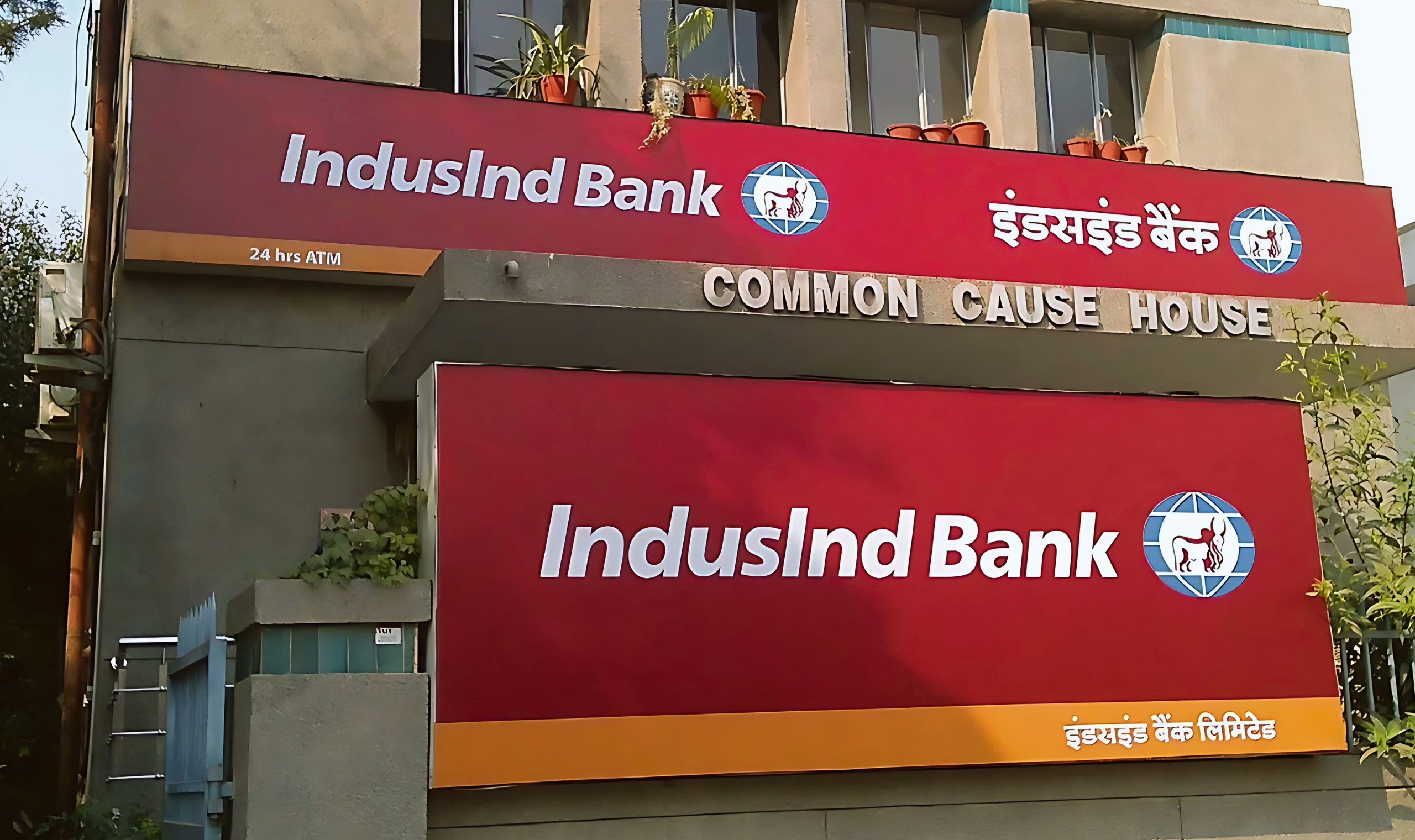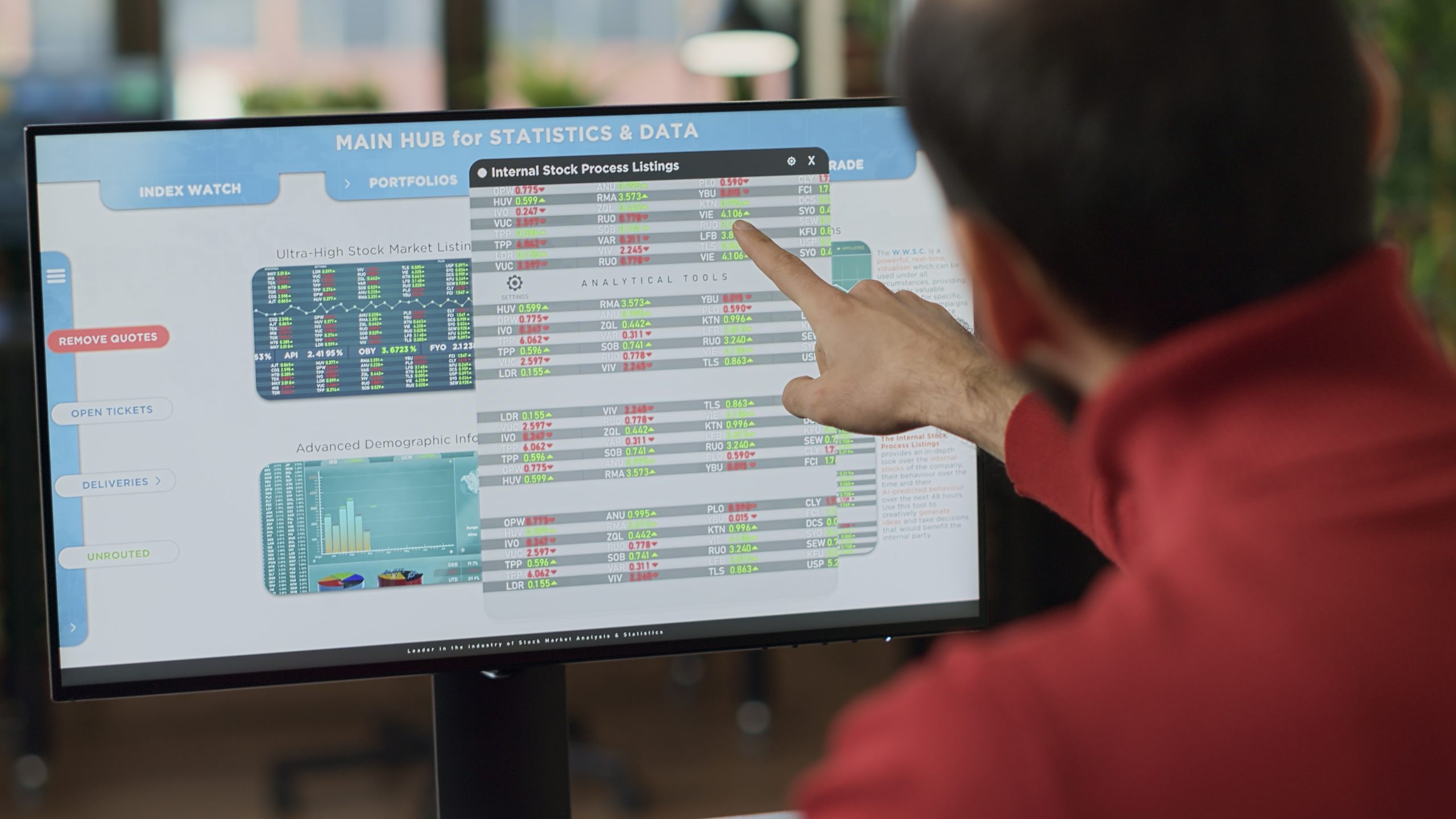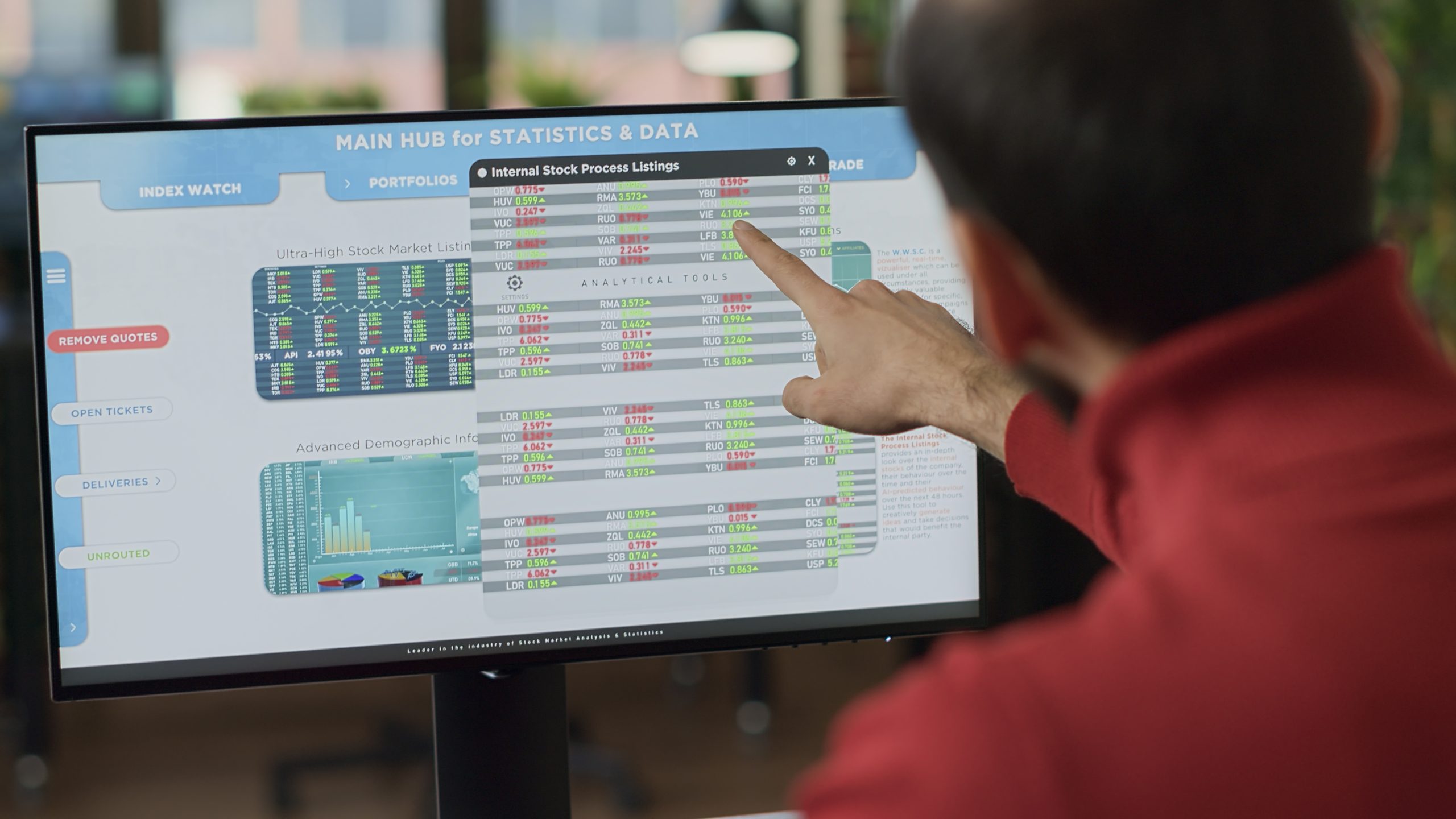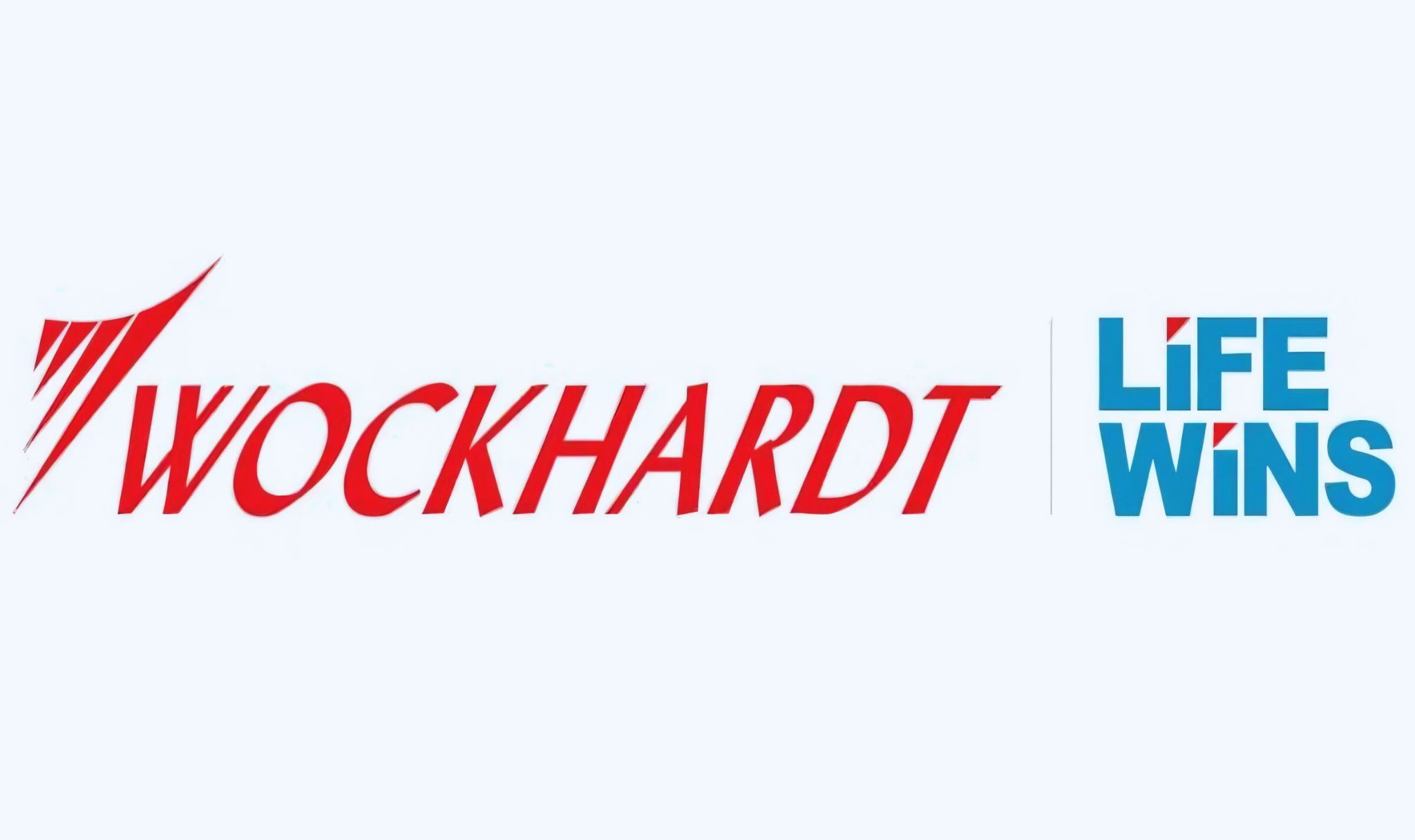The IndusInd Bank Shares dropped 15% at the opening on October 25, reporting one of the sharpest declines in recent months. The bearish drift followed a Q2 earnings report that was less than expected: Although robust on net interest income, it could not find acceptance from the market. Shares of the bank have been quite distressing this year, having slumped 32 per cent thus far, far sharper than Nifty’s gain of 12 per cent in the same period.
Q2 Earnings Miss Market Estimates (IndusInd Bank Shares)
Consolidated net profit of IndusInd Bank for Q2 FY25 tumbled 39.5% to ₹1,331 crore. In any case, the bottom line has registered a downfall of 39.5%. Net interest income increased 5% to ₹5,347 crore in the July-September quarter compared with the same period last year. The banking industry lately faced a downtrend in net interest margin. Net interest margin of IndusInd Bank decreased from 4.29% in the same quarter of last fiscal to 4.08% in Q2 FY25. This pressure from profitability dragged down the overall financial performance.
At mid-day trading, its shares declined by 14 per cent to ₹1,099.30 on the NSE as the stock had traded in 2.38 million shares in a series of block deals, indicating a good reaction from investors to the Q2 report.
Brokerages Maintain Bullish Rating
Despite the earnings miss, several brokerage firms remain bullish for the long term on IndusInd Bank. HSBC maintained its ‘buy’ rating on the stock but lowered its target price from ₹1,770 to ₹1,510, largely due to performance woes in microfinance loans. HSBC said that near-term challenges still comprise reduced loan growth, a decrease in NIM, and increased credit costs. As a result, HSBC has revised its EPS estimates downwards to 21.4% for FY25-27. However, at this price, the brokerage finds value for the stock as it has traded at 1.3 times FY26 book value per share.
Motilal Oswal, too, has issued a ‘buy’ call and sees the stock at ₹1,500. Motilal Oswal has considered the very weak Q2 numbers but still sees the bank to successfully come out of short-term issues. The brokerage house revised its FY25 and FY26 earnings estimates by 16.7% and 8.7%, with RoA being 1.6% and RoE being 13.6% by FY26.
Main difficulties observed in the microfinance segment and other key points
The microfinance lending business of IndusInd Bank Shares has been perhaps the worst performer in terms of the slump in its recent earnings. This has meant lower-than-expected growth in the segment resulting in increased provisions, which leads to thinner margins. Total provisions, including contingencies, shot up 87% year-on-year to Rs1,820 crore from Rs974 crore in the corresponding quarter of the previous fiscal year. Contingent provisions have also risen by another Rs525 crore as part of being on the safer side of potential risks.
As of 30 Sep, IndusInd Bank’s provision for loans was at ₹8,412 crore or 2.4% of its total loan book. Provisions essentially mean the amount that is set aside to cover potential liabilities that may be incurred on account of current or anticipated financial obligations. Such prudent provisioning, more so regarding contingent liabilities, speaks volumes about the proactive nature of the bank to protect itself against unforeseen financial risks.
Market Reaction and Key Near-Term Events
The significant fall in the IndusInd Bank Shares stock price is a sign of disappointment from the investors, and most institutional investors would still hold their hopes up for the revival of the bank. Focus events at IndusInd Bank include tracking asset quality in its microfinance segment and waiting for RBI’s nod to renew the fresh term of the managing director and CEO. All these events can crystallize the thought process of the investors and stabilize the IndusInd Bank Shares stock.
Outlook of IndusInd Bank
While recent quarterly earnings do indicate a setback, according to the view of many brokerages, the long-term outlook of IndusInd Bank is very positive. Analysts believe that if this bank overcomes its immediate challenges, particularly those from microfinance, then it might just turn the corner. RoA, RoE, improved loan growth and well-controlled credit costs shall signal growth in the revival path of this bank. Stocks such as IndusInd Bank Shares attract brokers like Motilal Oswal and HSBC, who perceive this stock, at these levels, to offer a good risk-reward proposition to long-term investors.
Conclusion
The Q2 result has left short-term concerns in IndusInd Bank. However, the bank still has enough potential to make it recover. An investor might find the development of the bank positive and thereby refresh their faith in the stock.















0 Comments